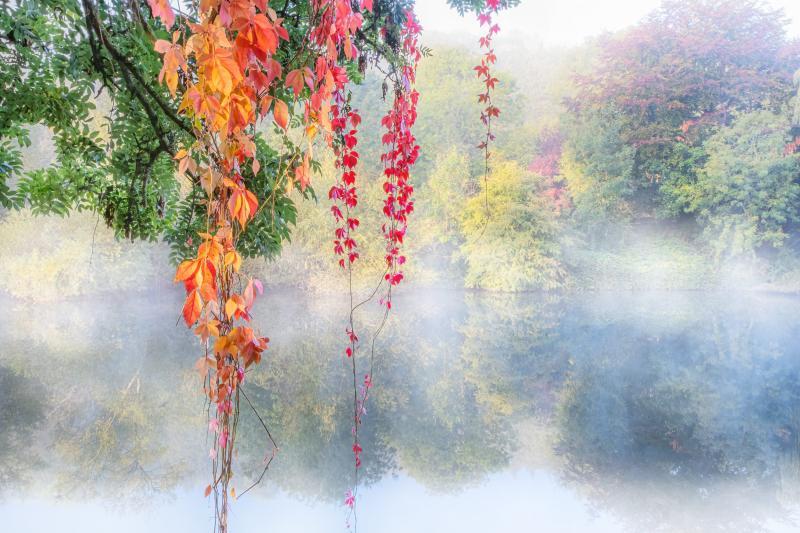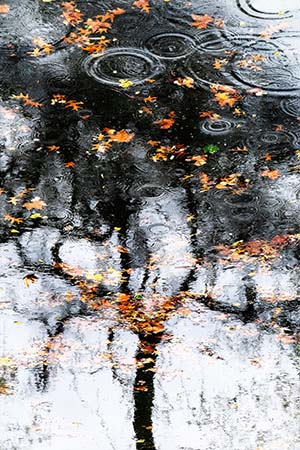Inland Water

Where The Water Flows
I have always had a deep affinity with water; from the thunderous force of a waterfall to the tranquility of a lakeside shore. From the soft ripple in a quiet stream, the evening sunlight on a river's gentle flow, to the shimmering surface of a still pond. There is something about the way water moves and reflects light that evokes a sense of calm and wonder. I enjoy the peace and tranquility that can be found at the water's edge, observing the way light bends and fractures into shapes and textures.
I am drawn to the way the landscape opens up around the water and how water shapes the scenery around it. It offers wide, sweeping views that invite contemplation as well as subtle details along the shore — the way a leaf floats downstream, the shifting colours of the sky mirrored in water, the texture of wet stones, the soft patterns formed by reflections.
For me, photographing these fleeting, yet timeless moments is not just about capturing an image. It is about being fully present and noticing the overlooked. This deep connection reminds me that photography is a quiet conversation between the world around us and the stillness within.
 This presentation is an invitation for you to slow down and enjoy the quiet beauty that is all around us. It will cover examples from varied locations - along rivers and streams, on the lakeshores, along the waterfalls, at the edge of ponds and canals; scenes from afar as well as up-close and personal. I hope to inspire you to let go of rushing to get a perfect image and instead experience the moment and to see what is usually missed. It is about listening to the quiet and tuning into the natural rhythm, about capturing your own personal experience. Most importantly, I hope to encourage you to enjoy the walk, the fresh air, rediscover your sense of wonder and let nature surprise you with simple moments of magic.
This presentation is an invitation for you to slow down and enjoy the quiet beauty that is all around us. It will cover examples from varied locations - along rivers and streams, on the lakeshores, along the waterfalls, at the edge of ponds and canals; scenes from afar as well as up-close and personal. I hope to inspire you to let go of rushing to get a perfect image and instead experience the moment and to see what is usually missed. It is about listening to the quiet and tuning into the natural rhythm, about capturing your own personal experience. Most importantly, I hope to encourage you to enjoy the walk, the fresh air, rediscover your sense of wonder and let nature surprise you with simple moments of magic.
About Vanda
A photographer by heart, with love of silence and solitude, poetry, music and walking in the wild.
Vanda is a landscape photographer based in London, UK. She is a member of the Arena Photographers group and a Brand Ambassador for Kase Filters UK. She is also a UK Landscape Photographer of the Year competition judge. Aside from her day job as a software developer and her love of photography, Vanda enjoys giving lectures about her journey as a photographer and her experiences along the way.
Having grown up in an industrial area of former Czechoslovakia, Vanda soon learnt how to appreciate the beauty of the natural world. Far away from the noise, and hustle and bustle of a big city she finds inspiration in quieter scenes and intimate details, whether it is on the coast, in woodland or in the countryside, even in industrial wastelands. In her images Vanda strives to reflect the atmosphere, feeling, and sheer wonderment that our natural world can evoke with us. These days you can find her along the edgelands and in undiscovered places looking for all the beauty waiting to be captured.
website: mylenscapes.uk


